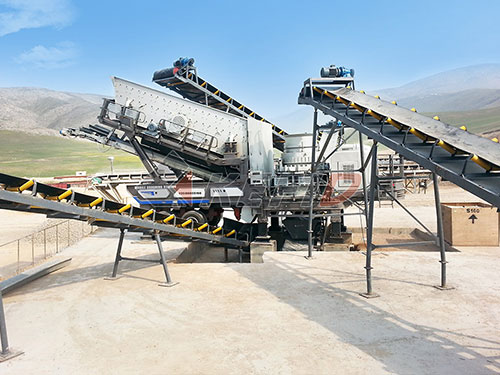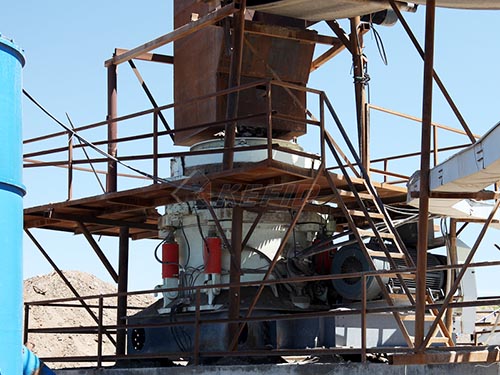The Indispensable Workhorse: Understanding Aggregate Crushers in Modern Construction
Aggregate – the crushed stone, gravel, and sand forming the literal bedrock of our infrastructure – doesn’t magically appear in the perfect size and shape needed for concrete, asphalt, or road bases. This transformation is the critical task of the aggregate crusher, a powerful machine fundamental to virtually every construction project on earth.
More Than Just Breaking Rocks: The Crusher’s Role
Aggregate crushers are engineered to reduce large rocks, boulders, or demolition concrete into specific sizes essential for construction applications:

1. Primary Crushing: Initial size reduction of blasted rock or large demolition debris (Jaw Crushers & Gyratory Crushers excel here).
2. Secondary Crushing: Further reduction of primary crushed material to intermediate sizes (Cone Crushers and Impact Crushers are common choices).
3. Tertiary/Quaternary Crushing: Fine-tuning material shape and size for specific end-uses (Cone Crushers and Vertical Shaft Impactors (VSIs) are crucial for producing cubical aggregates).
4. Recycling: Processing demolished concrete and asphalt into valuable recycled aggregate (often using specialized Jaw or Impact Crushers).
Navigating the Types: Choosing the Right Tool
Selecting the appropriate crusher hinges on the feed material characteristics (hardness, abrasiveness), desired output size/shape, required production capacity, and mobility needs:

Jaw Crushers: The robust primary workhorses. Using compressive force between a fixed and a moving jaw plate (“chewing” action), they excel at handling hard rock and large feed sizes but produce less refined shapes.
Cone Crushers: Versatile machines dominating secondary and tertiary stages. Material is crushed between an eccentrically gyrating mantle and a concave liner via compression. They offer excellent control over product size (adjusting the Closed Side Setting – CSS) and produce well-shaped aggregates efficiently.
Impact Crushers (Horizontal Shaft Impactors – HSIs): Utilize high-speed impact from hammers/blow bars against curtains/anvils to fracture rock. Ideal for softer materials like limestone or recycling applications where shape isn’t paramount but high reduction ratios are needed.
Vertical Shaft Impactors (VSIs): The “shape masters.” Material is accelerated by a high-speed rotor impacting stationary anvils or rock shelves (“rock-on-rock” crushing). VSIs produce highly cubical aggregates essential for

Leave a Reply